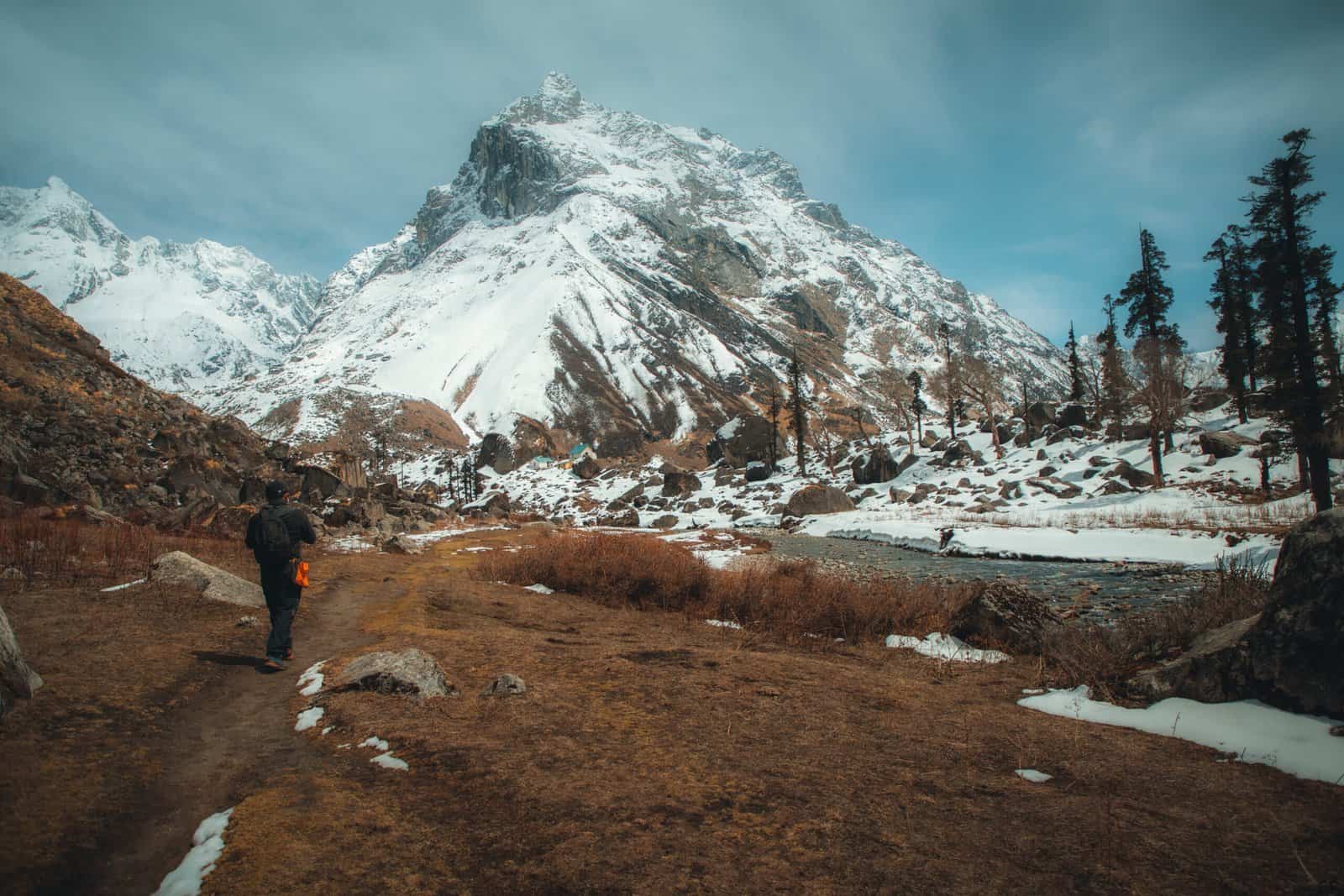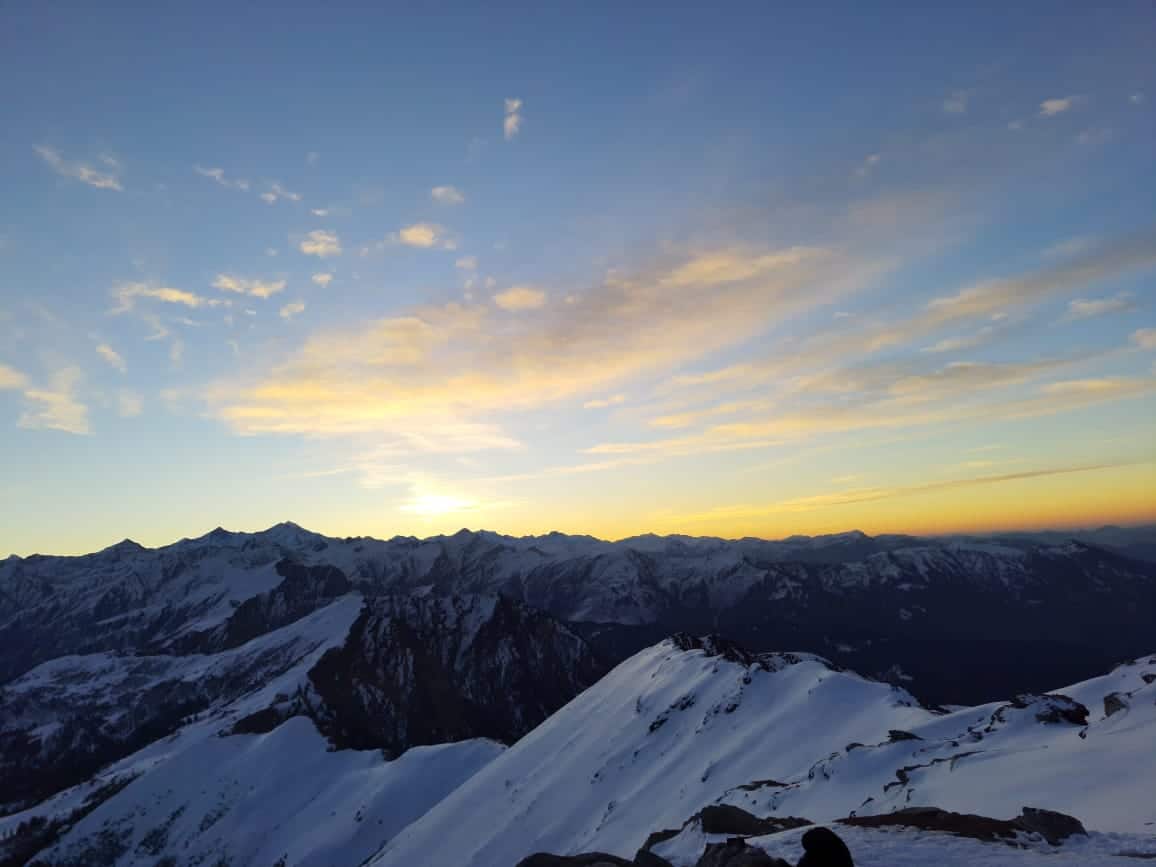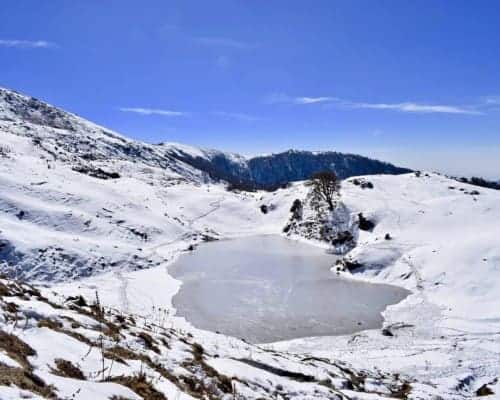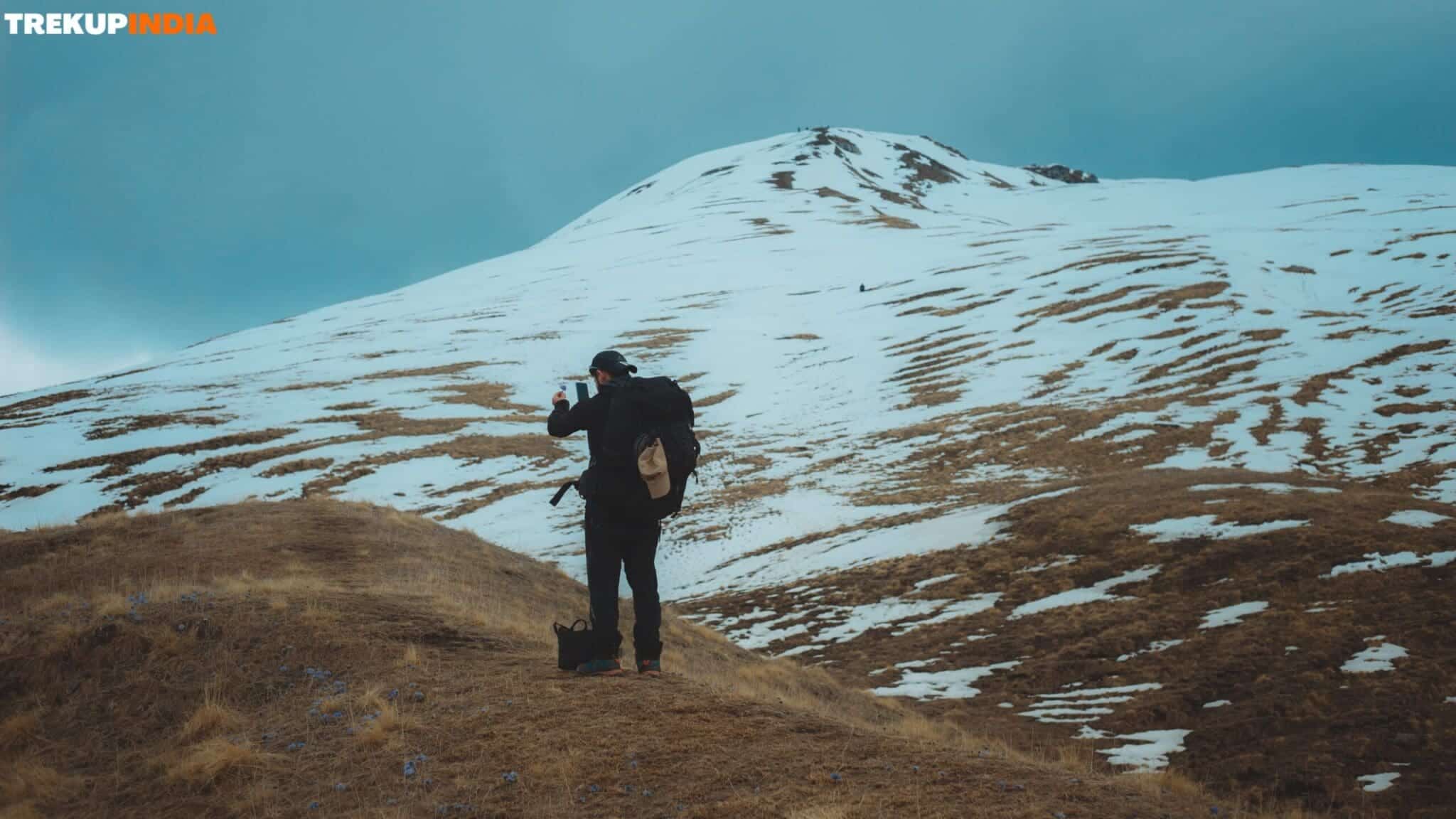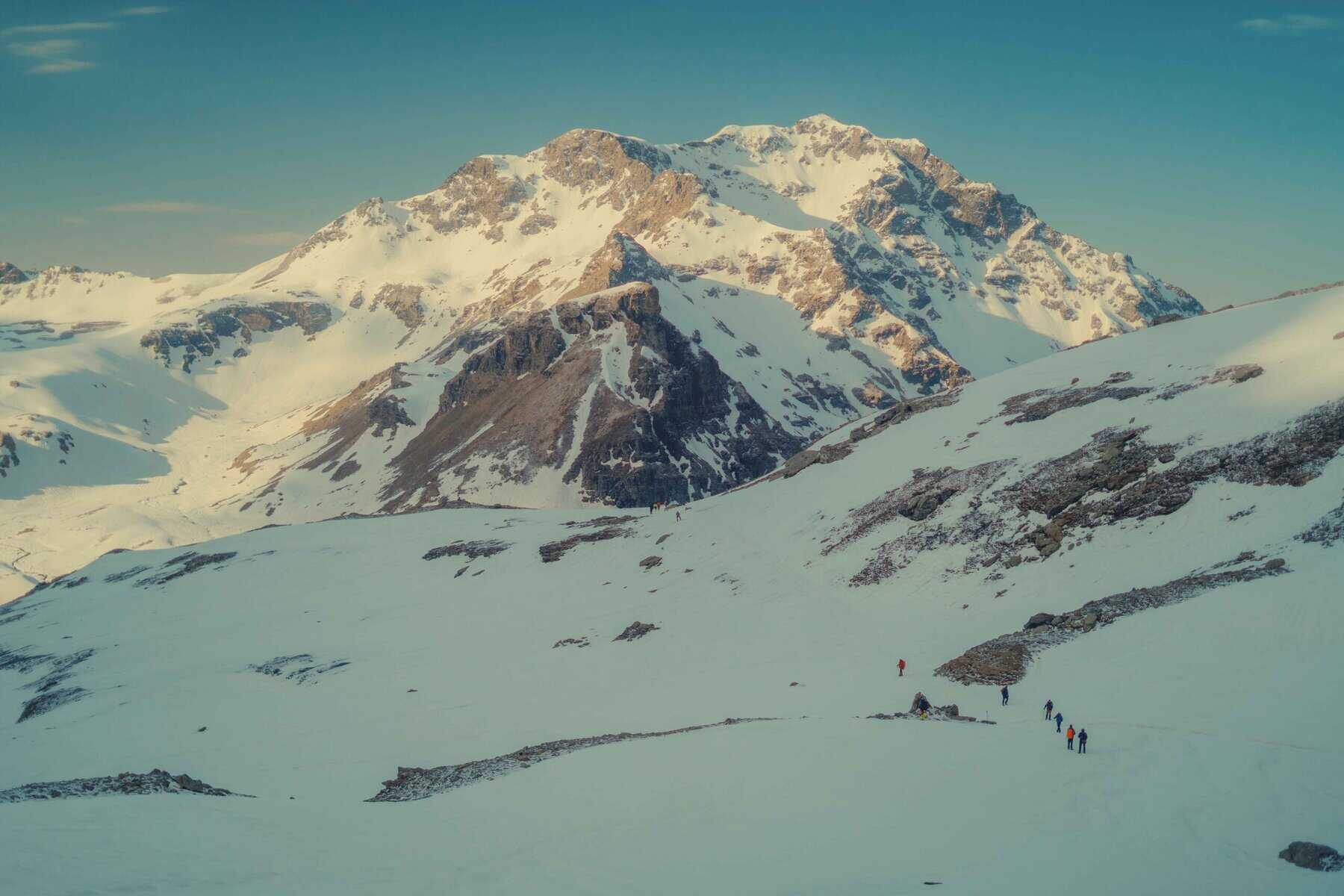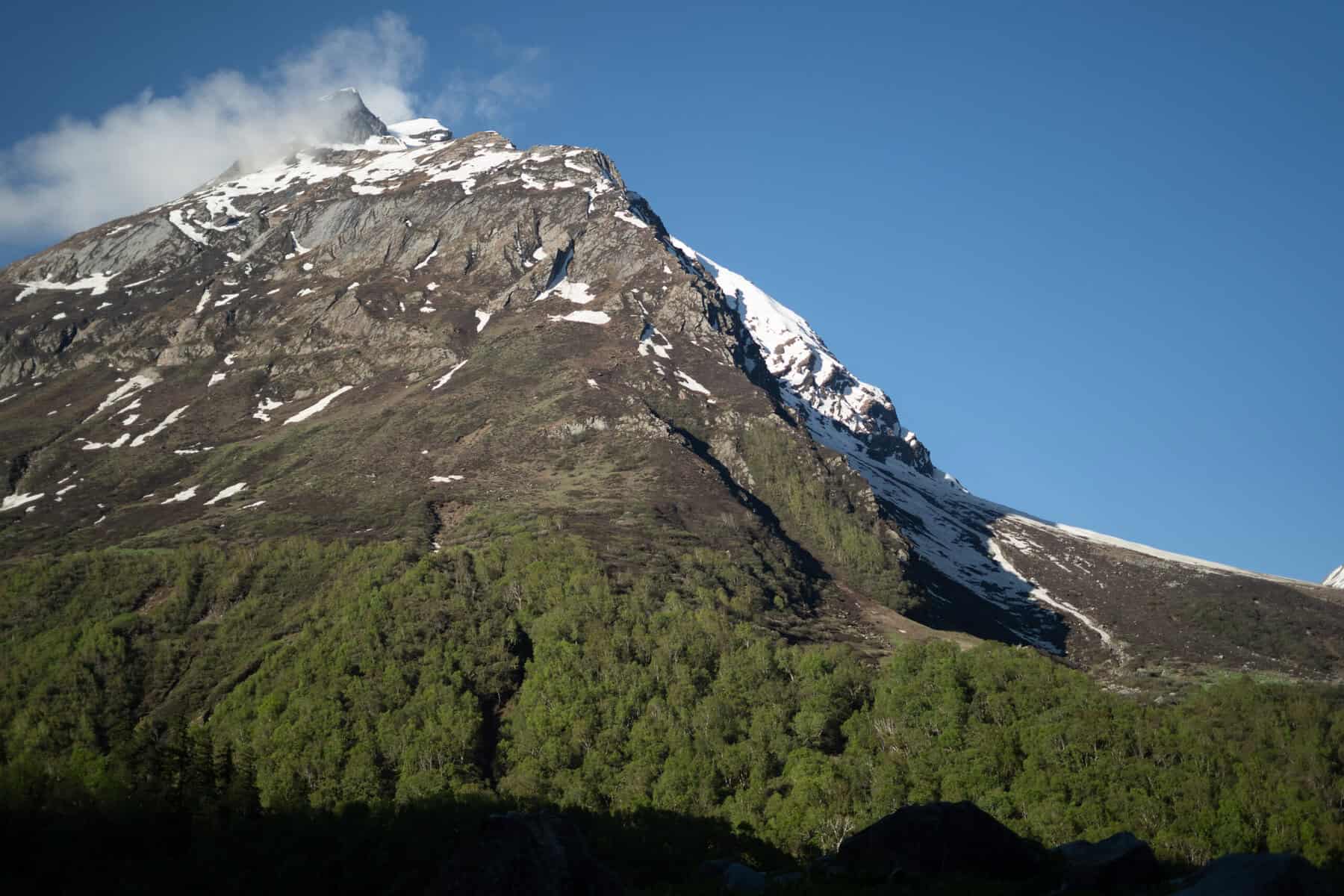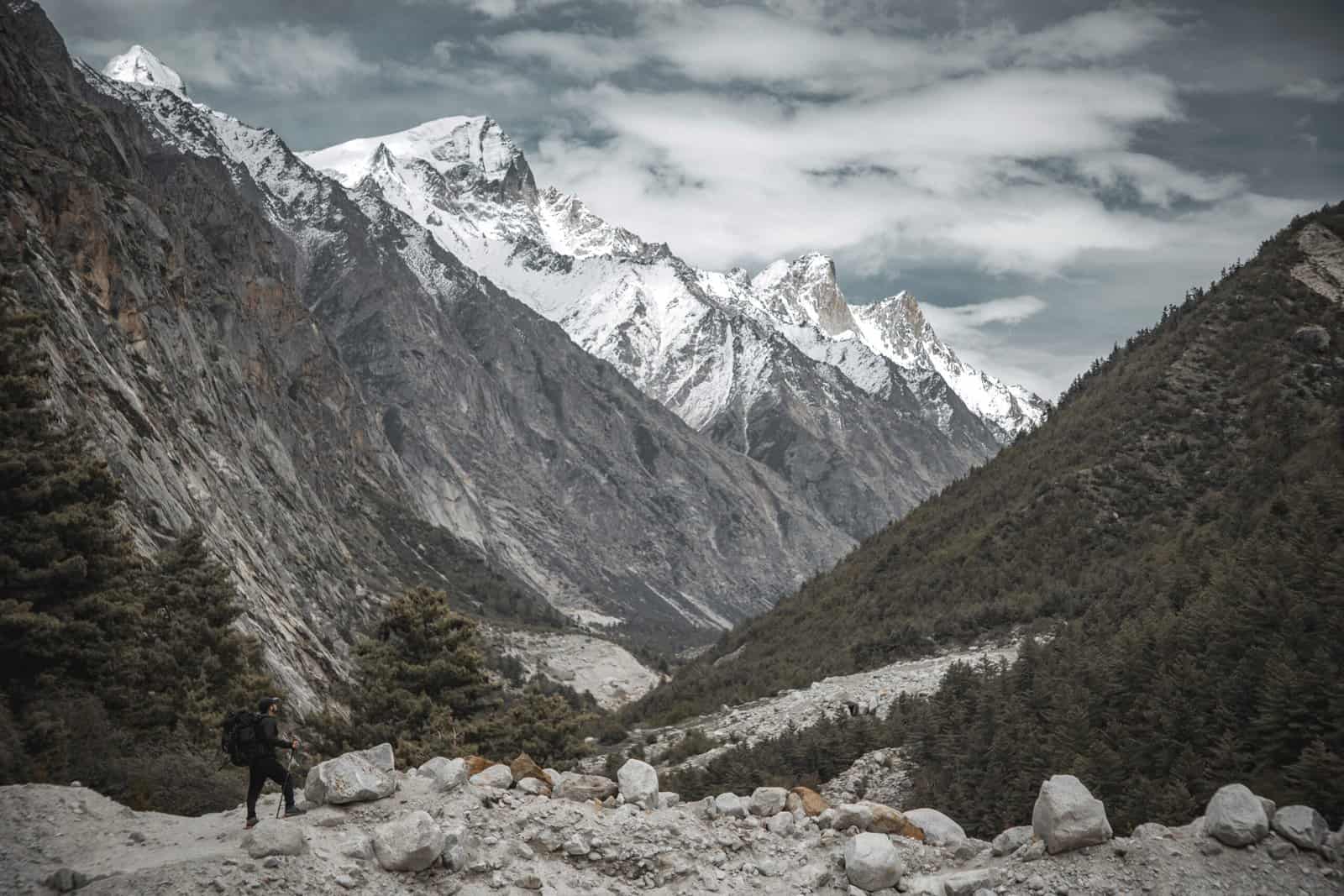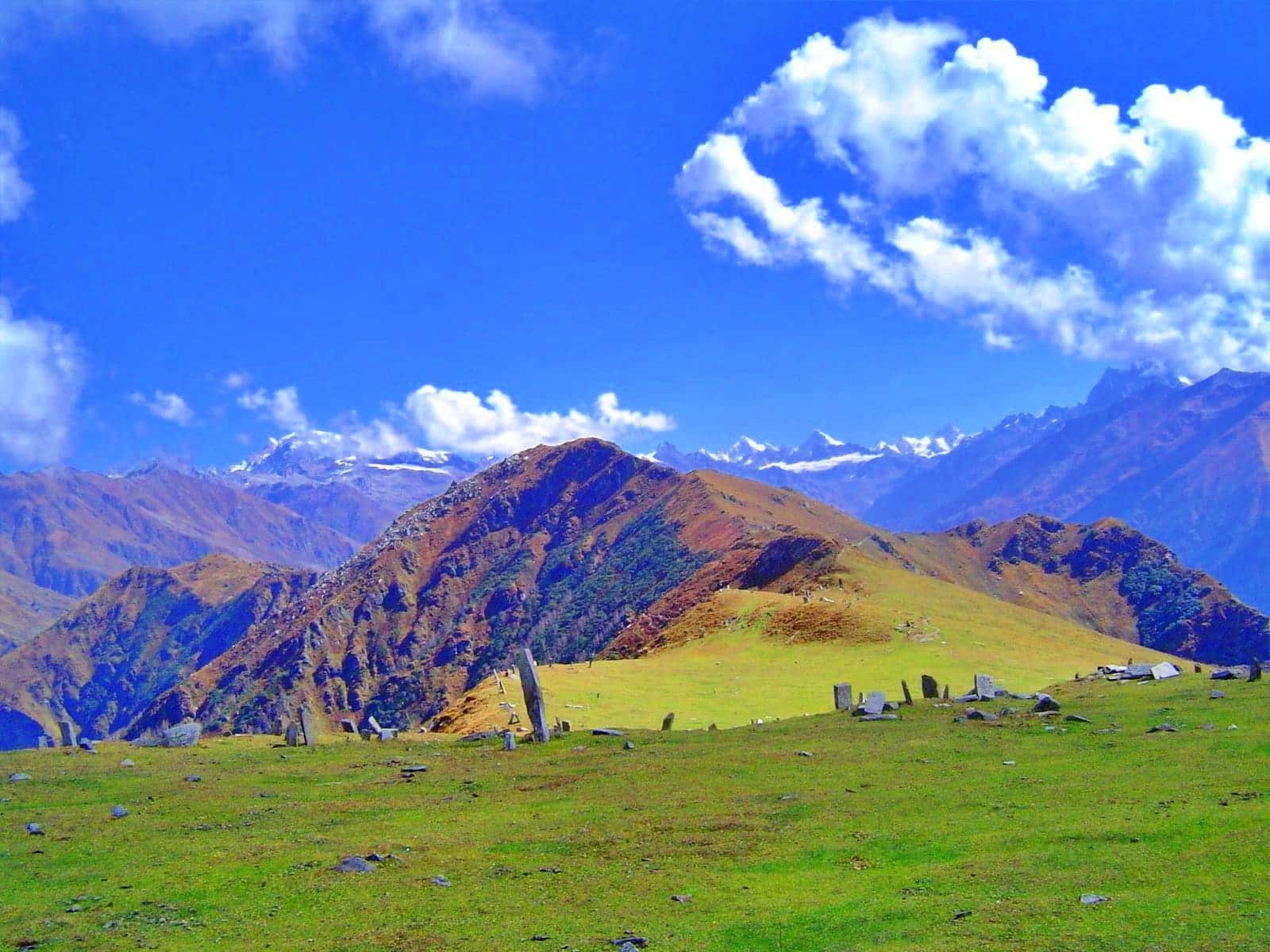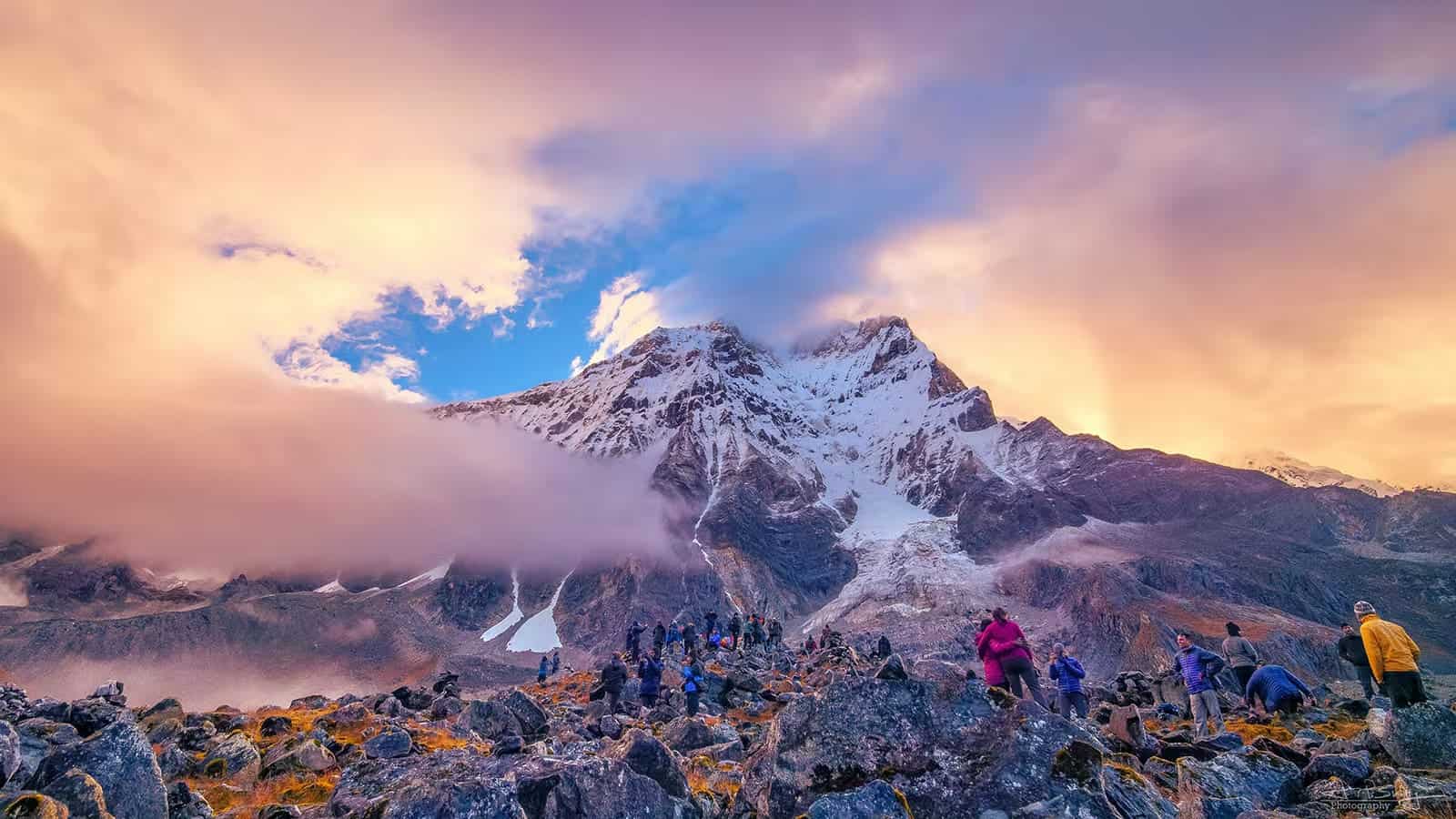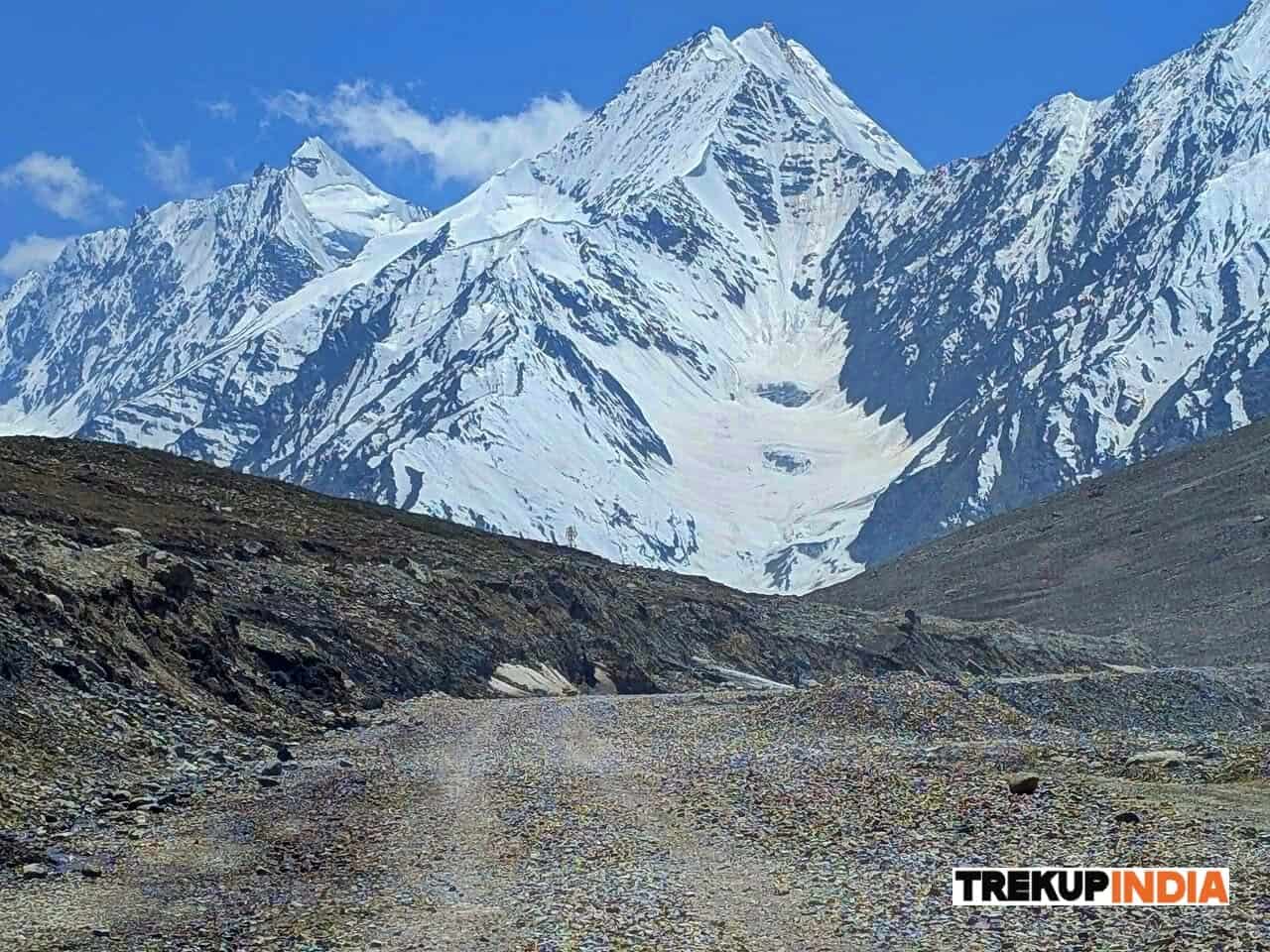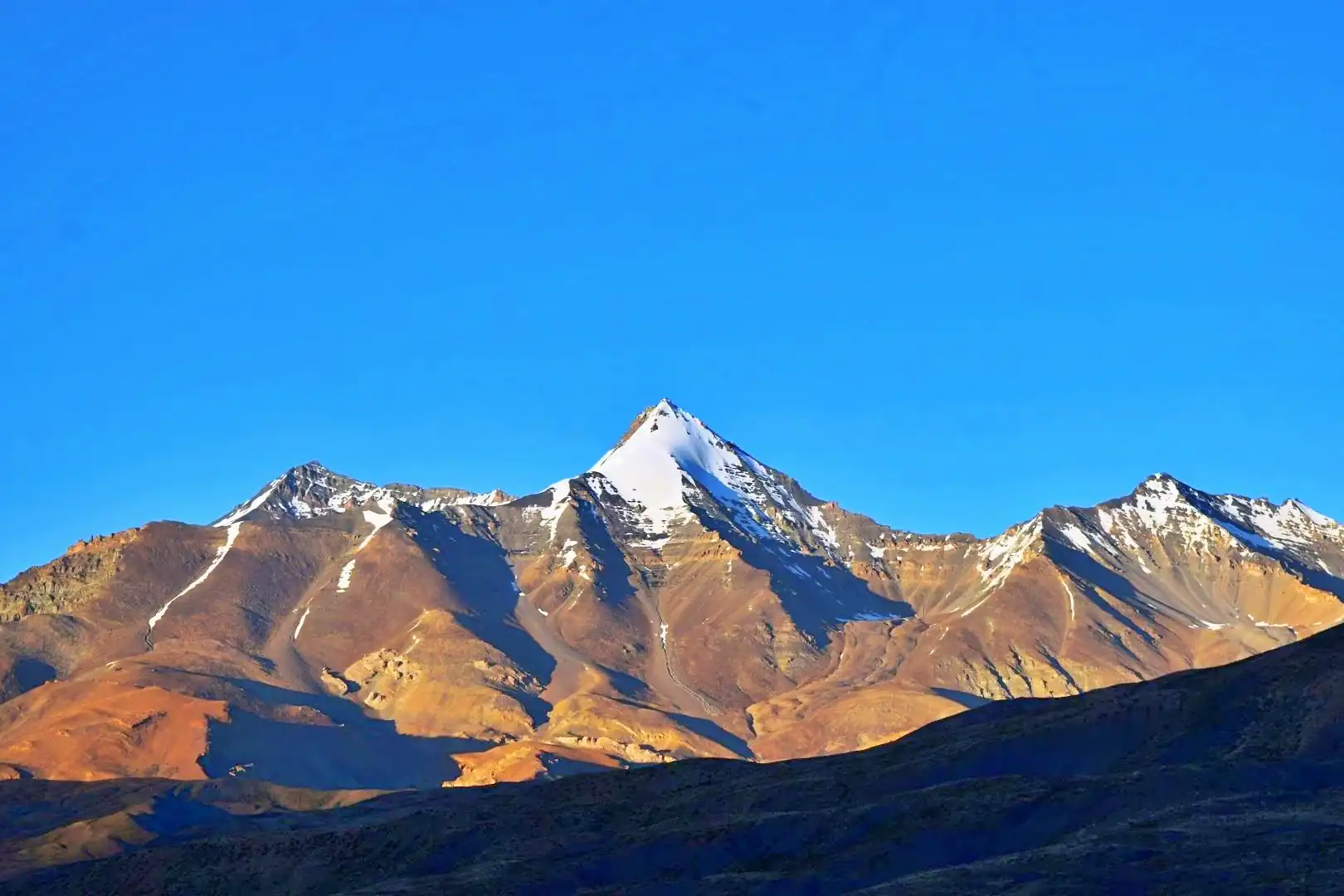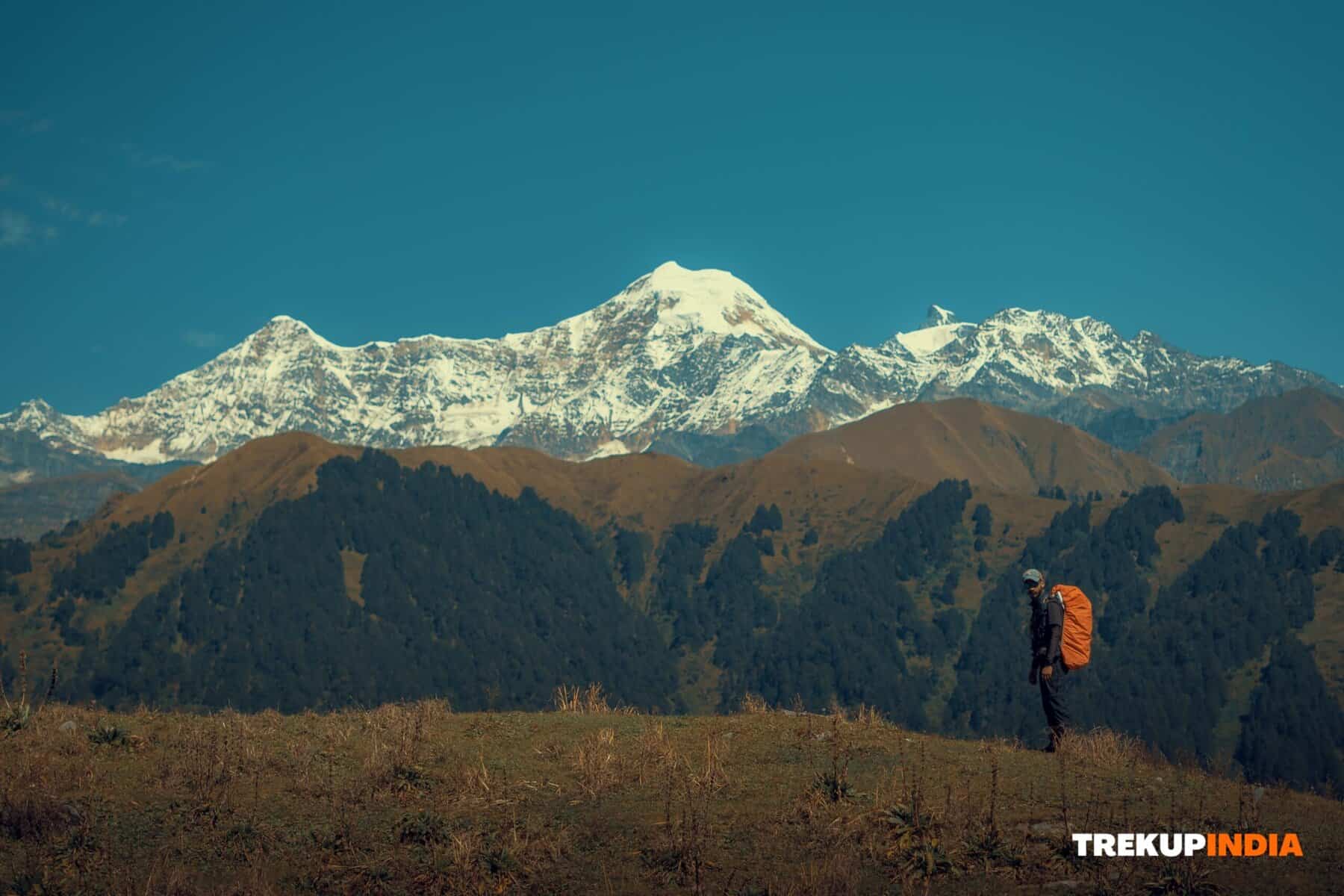Kunagalu Betta Trek
Dhodap Fort Trek
The Dhodap Fort Trek is a treasure of a journey, supplying a remarkable experience for trekkers. Found in Maharashtra, it is the second-highest fort in the state and is loaded with shocks that make it stand out as one of the very best treks in the area. The trek is a reward for those who enjoy discovering its varied landscape and abundant background. The fort has been home to numerous leaders, consisting of the Nizams, Peshwas, Marathas, and British, and its curved entrance and distinct attributes will undoubtedly transfer you back in time. The trek provides impressive sights from an elevation of 4,750 feet, making it a must-do journey for those wishing to experience the fort’s magic.
Views You Will Get On Trail
Flaunting a single shape, the landscape resembles a rock cut from its bordering surface. This unique form, called a dike, is an all-natural event developed when lava permeated into a pre-existing rock crack and ultimately strengthened. The outcome is a high, impressive development that stands apart from the bordering landscape, providing a one-of-a-kind and fascinating aesthetic experience.
From the raised placement of Dhodap Fort, one can absorb impressive views of the bordering landscape. As the 2nd highest possible fort in the location, the breathtaking sights use a one-of-a-kind viewpoint of the whole area. To the west, the Saptashrungi, Markandya Fort, Rawlya, and Jawlya Forts can be seen, while to the eastern, the twin forts of Kanchana-Manchana and Kanhergad show up. In addition, the Ikhara Pinnacle can be seen throughout the trek, supplying a striking aesthetic aspect to the trip.
The Dhodap Fort Trek is bountiful in archaeological sites, and prizes are hidden within the three-tiered plateau. Each degree offers a unique wonder:
- Sculptures
- Spiritual structures
- Entrances decorated with Persian works
- A double-decker water storage tank
As you rise to greater degrees of the plateau, the fort reveals added marvels and overviews you via numerous areas of the Dhodap Fort.
Best Time to do Dhodap Trek
The best time to start the Dhodap Trek is between August and February. Throughout the rainy months of August and September, one can witness the dynamic flowers and rich green environments along the course. Pursuing the preliminary stage of the monsoon is suggested to delight in the sight of a flower-covered trail, although it might depend upon the timing of the monsoon that year. The trek is likewise pleasurable throughout the post-monsoon and winter. If camping along the trek, one can admire the clear night sky, best for stargazing, and opt for an early morning walk to witness the daybreak. The cold weather is an enjoyable environment, and the trek supplies sensational scenic views from the fort.
Dhodap Trek Trail Information
Start your early morning trek from Hatti Village, following a little mud trail northward along with the village. The distinct Dhodap Fort will emerge. Slowly ascending from the farmlands to the first plateau, Sonar Machi, in about half an hour. The preliminary phase of the trek travels through simple surfaces together with farmlands, then shifts to sporadic greenery as you approach the base of the hill. The last reach of Sonar Machi includes a 700-foot climb.
As you enter the extensive Sonar Machi, the large magnitude of this raised plain will leave you in awe. The vast landscape extends before you, welcoming you to explore every nook and cranny. The plateau’s vastness will mesmerize your attention for a minimum of an hour and potentially even longer if you try to value each concealed treasure. The Sonar Machi’s history is abundant and waiting to be discovered, with both sides of the plateau using a wealth of surprises. Appreciate the stunning archways and many stone idols committed to Hanuman, Shiva, and Shankar temple. A fortress likewise surrounds the plateau, and you can check out either the eastern or western front to find natural lakes that exist most of the year. In addition, you’ll discover a couple of settlements of individuals who have survived on this plateau for generations, consisting of knowledgeable goldsmiths, which is how the table made its name.
A noteworthy function of this Sonar Machi is the unique two-story stepwell. The well is accessed through a staircase, a typical sight in Rajasthan or Gujarat but uncommon for this area. Sadly, the water here is not ideal for drinking. If you’re preparing to camp overnight, it’s best to check out the plateau early in the morning when the sun is still low, splitting the exploration into two parts: the eastern side takes around 40 minutes, while the western side can be covered in half an hour.
From Sonarmachi, the course is steeper as you continue towards the 2nd level plateau. The trail is significant and simple to follow. The climb will take around 500 feet and can be finished in about 20 minutes. Take a minute to check out the 2nd plateau, where you can see rock carvings of idols. There are likewise several lookout points where you can enjoy scenic views of the surrounding location. Before reaching the 2nd plateau, there is a little water source offered.
After a few extra minutes of trekking, you will stumble upon railings with sculpted rock actions. Likewise, a giant ladder is in place to help with ascending a high location. Scale this area. The steps continue climbing, decorated with gorgeous arches. If you are traveling throughout the rainy season, the sight is a lot more stunning. You will witness a lively carpet of wildflowers, even more boosting the appeal of these fort arches.
Step through an elaborate archway and take a better want to value the Farsi engravings engraved into the walls by the Peshwas throughout their 16th-century reign. These distinct markings make this fort stand out from others. As you dive much more profoundly, you’ll find more entrances causing numerous sections of the fort, every one exposing a brand-new layer of history. The environment is palpable, and you can’t assist; however, you feel you’ve been carried back in time. Take in the breathtaking views from the bastions and tactical points, just as the guards would have performed in centuries past. If you venture off the primary course to your right, you’ll have the opportunity to check out a series of fantastic caverns, some naturally formed and others thoroughly shaped into squares. These surprise gems are frequently ignored; however, they’re worth the detour.
From the 2nd plateau, advance to the 3rd plateau called Dhodap. Head towards the narrow opening to get a close view of the enormous drop or the dike development. Railings secure the path. Spend some time to appreciate this remarkable dike development and the untraversable side of the plateau. Go back to the peak of the fort. There is a course that will lead you to the base of the peak, where you’ll discover a naturally formed cavern you should take advantage of. Reaching the peak is challenging and requires ropes and technical climbing abilities.
You have the choice to end your walking at this moment. There is a naturally formed cavern situated within the fort. Seize the day to get in the cavern, invest a long time valuing the environment, and consider the panoramas from the cavern. The course to return corresponds to the trail you first required to rise. It will take roughly 90 minutes to reach the Hatti village once again.
How to Reach Dhodap Trek
To get to the Dhodap Fort Trek, start at Hatti, a small village in the Nashik district of Maharashtra state. Hatti village is around 60 km far from Nashik.
If you’re preparing to drive to Dhodap Fort from Mumbai, you can utilize this link to browse through Google Maps. From Mumbai, take the AH 43, referred to as the Mumbai-Agra highway, and head towards Nashik. When you reach Nashik, continue towards Pimpalgaon Baswant city. From there, take a left turn at Vadalibhoi and continue the highway. Your following location will be Dhodambe, and Hatti village lies around 15 km from Vadalibhoi.
By Public Transportation
While it’s possible to reach Hatti village utilizing public transport, it’s not the most hassle-free alternative due to the minimal frequency of buses and the absence of benefits.
From Mumbai, take an express train from Mumbai Central to Nashik.
From Nashik, you can either invest the night and take a morning bus to Hatti village, which will arrive by 8 am, or you can take a bus on the Mumbai-Agra highway and leave at the Wadalibhoi junction, which is 55 km from Nashik.
From Wadalibhoi junction, you can work with a jeep or 6-seater rickshaw to Dhodambe village, which is 9 km away.
After Dhodambe, it can be challenging to discover a lorry to take you to Hatti. Nevertheless, you can find an automobile if you are prepared to pay the fare.
Dates For Upcoming Treks
Want To Trek Like Pro?
Basically, watch these videos if you want to trek the same way professional trekkers do and make your skills better. These videos contain useful tips and techniques to further improve your trekking skills itself. These videos actually help both new and experienced trekkers improve their trekking skills. These videos definitely provide useful tips that make your trek better. We are seeing that these videos by Trekup India experts will only help you make your trekking skills better.







Know Everything About Acute Mountain Sickness
Acute Mountain Sickness occurs when people trek to high altitudes above 8,000 feet. This condition itself develops further due to reduced oxygen levels at such heights. Basically, as you go higher up, the air pressure and oxygen levels decrease, which causes the same problem. Acute Mountain Sickness surely causes headache, nausea, vomiting, and dizziness in affected persons. Moreover, peoples also experience difficulty in sleeping during this condition. To avoid mountain sickness, you should actually trek up slowly to higher altitudes. To learn further about this condition itself, watch the videos by Trekup India.





